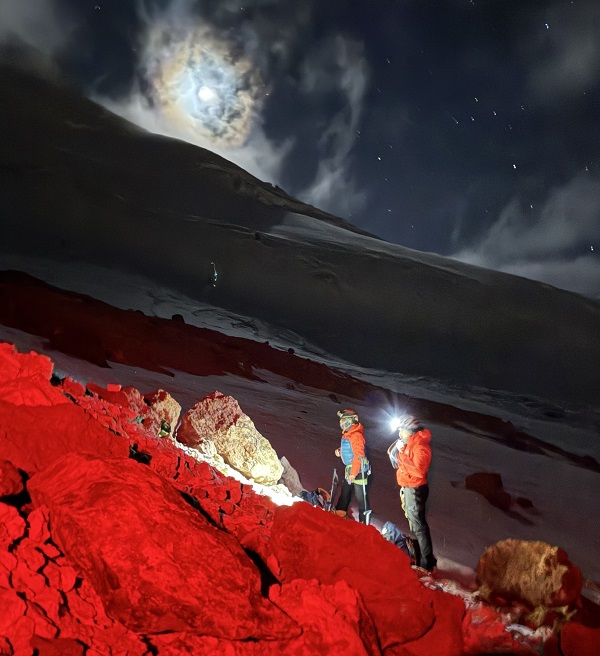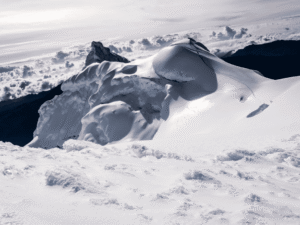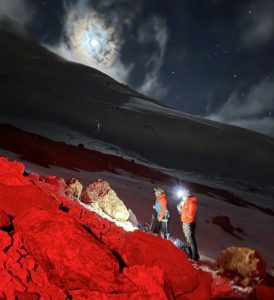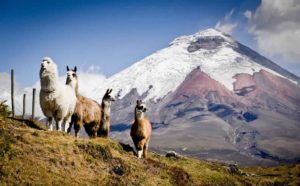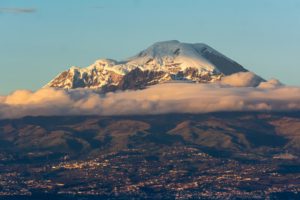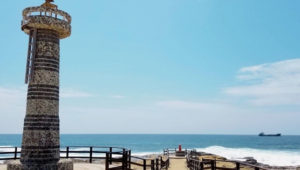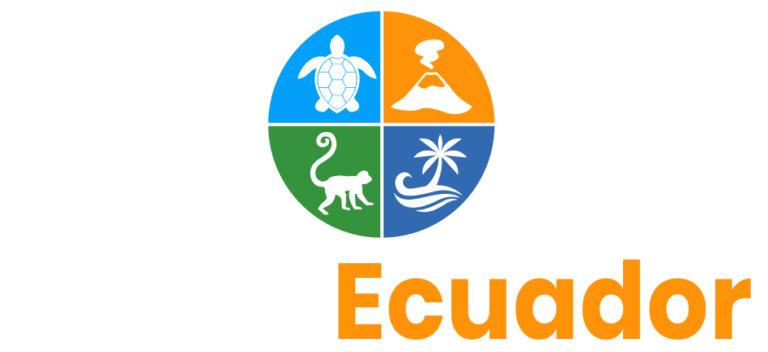Introducction
Standing proudly at 6,268 meters (20,564 ft), Chimborazo is more than Ecuador’s highest peak — it is the closest point to the sun due to Earth’s equatorial bulge. For mountaineers, it’s a legendary challenge; for the Andean people, it’s a sacred giant. Climbing it is not just a physical achievement but a journey through history, myth, and the unique high-altitude world of Ecuador.
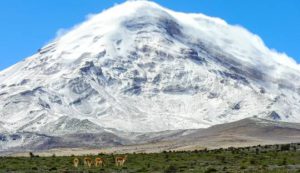
Historical Mountaineering Background
The first recorded ascent of Chimborazo was made in 1880 by British climber Edward Whymper and his Italian companions, Louis and Jean-Antoine Carrel. This historic climb placed Ecuador on the world map of mountaineering. Since then, Chimborazo has drawn adventurers from around the globe, eager to stand on the summit that outshines even Everest in its distance from Earth’s core.
In the early days, climbing Chimborazo was a multi-week expedition. Today, thanks to improved access, equipment, and local expertise, ascents are more accessible — but they still demand respect, skill, and preparation.
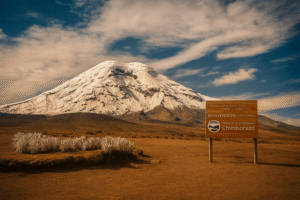
Unique & Comparative Facts
Closest point to the sun: Due to Earth’s equatorial bulge, Chimborazo’s summit is the farthest point from Earth’s center, even surpassing Everest in this measurement.
Atmospheric differences: Climbing in Ecuador is unique — at the equator, the air pressure is lower compared to the same altitude in other latitudes, making physical exertion feel more intense.
High-altitude preparation: Success on Chimborazo requires excellent acclimatization and solid physical conditioning. Warm-up climbs on peaks like Iliniza Norte, Cotopaxi, and Cayambe are highly recommended.
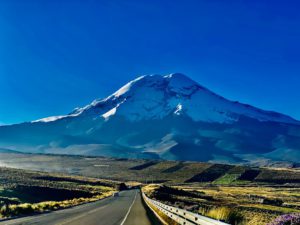
Climbing Today
Most climbers choose between two ascent options: starting from the Carrel Refuge (4,850 m) or from the High Camp at 5,300 m, which allows a shorter summit push. The most popular climbing route is the Whymper Route, involving glacier travel, crevasse navigation, and a summit attempt in the early hours of the morning.
-
Difficulty: High – glacier and ice climbing skills required.
-
Best Season: December–February and June–August.
-
Guide Requirement: Mandatory; climbs are led by ASEGUIM/UIAGM certified mountain guides.

Travel & Logistics
From Quito, it’s a 5–6 hour drive to the Chimborazo Wildlife Reserve. Climbers typically spend a night in Riobamba or nearby mountain lodges before heading to the refuge.
Recommended Acclimatization Base: Iliniza’s Mountain Lodge (3,300 m) – perfect for preparation climbs and gear organization. https://ilinizas-mountain-lodge.com/
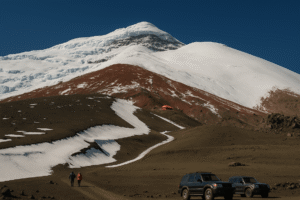
Conclusion
Climbing Chimborazo is a rare opportunity to connect with Andean history, legends, and raw nature while achieving one of the most unique summits in the world. Whether you come for the challenge, the culture, or the view from the closest point to the sun, Chimborazo will leave its mark forever.
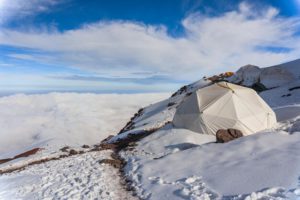
Call to Action









